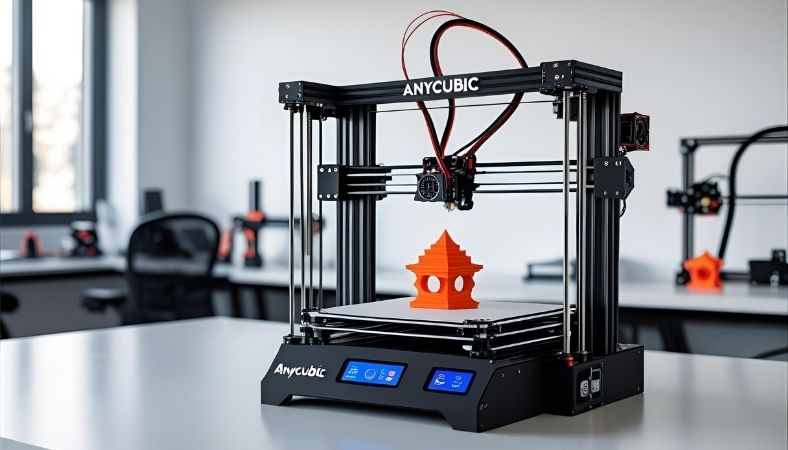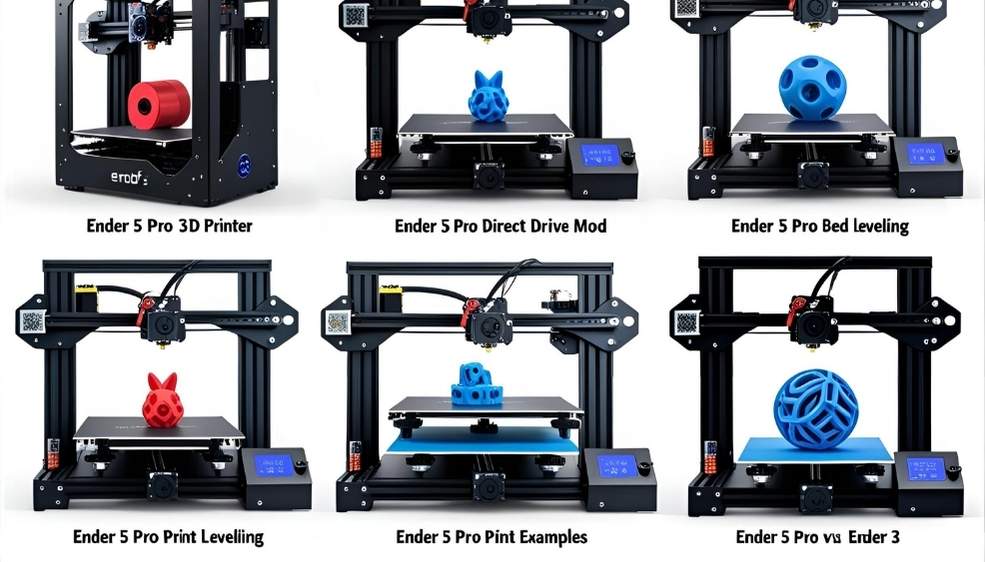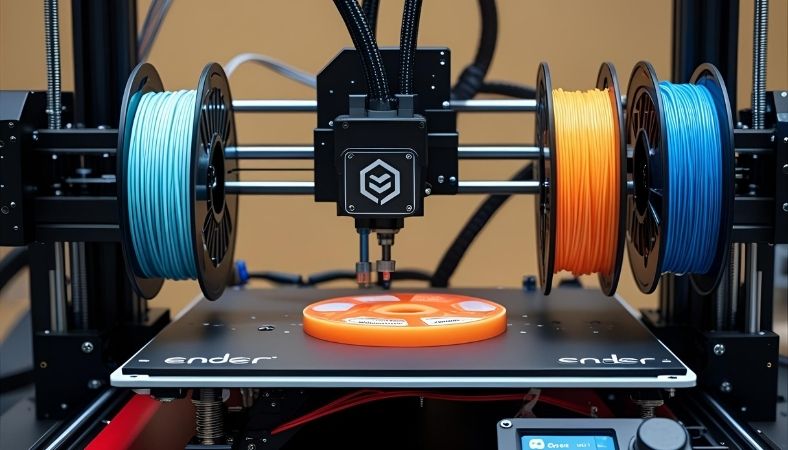3D printed car parts are reshaping auto repairs with custom fixes and cost savings. Learn how to use them, what works, and what doesn’t.
A single missing bolt once stalled Mark’s dream of reviving his 1970s Camaro. Dealerships shrugged, and eBay came up empty. Then he discovered a desktop machine that could sculpt that bolt from plastic in hours. 3D printing isn’t just for futuristic factories it’s empowering mechanics, hobbyists, and car lovers to solve real problems, from rare part shortages to pricey custom jobs. But it’s not a magic wand. Let’s unpack how 3D printed car parts work, why they’re worth your time, and what to watch out for to avoid costly mistakes.
Key Takeaways:
- 3D printing slashes prototyping costs by 50% and delivers parts in days.
- It crafts custom or rare parts for classic cars and electric vehicles alike.
- High costs and safety rules can trip up beginners start small, test thoroughly.
- Hobbyists can print parts at home with affordable machines like the Creality Ender-3.
- The market’s set to hit $19 billion by 2032, driven by customisation and EVs.
What Are 3D Printed Car Parts?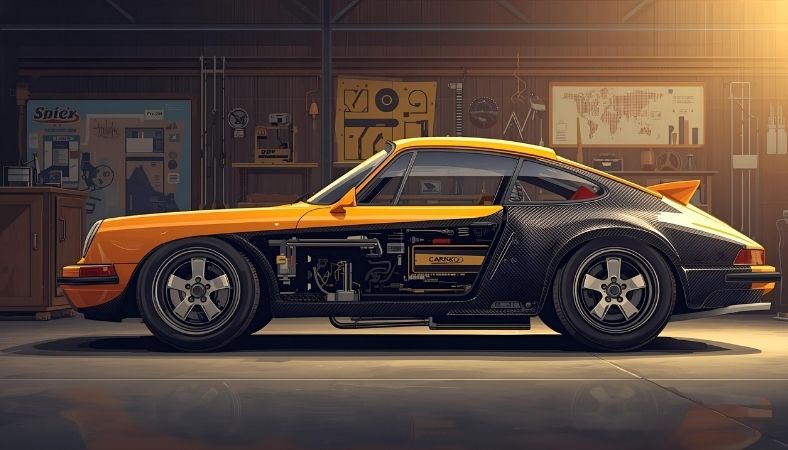
Think of 3D printing as sculpting with a digital chisel. Known as additive manufacturing, it builds car parts layer by layer, fusing materials like plastic, resin, or metal into precise shapes. Unlike traditional machining, which carves away material, 3D printing crafts everything from delicate dashboard clips to sturdy engine brackets with pinpoint accuracy. Methods like Fused Filament Fabrication (FFF) shape plastics, while Selective Laser Sintering (SLS) tackles metals, offering flexibility for any project.
For Mark, a small-town mechanic, this tech meant printing a replacement Camaro knob that hadn’t been made since the ’80s. It’s not just about rare parts—it’s about creating exactly what you need, whether you’re tweaking a prototype or fixing a daily driver. This precision makes 3D printing a go-to for both garages and global carmakers.
Why 3D Printing Matters for Cars
Why bother with 3D printing when traditional parts exist? Speed and savings, for one. Prototyping a new part used to drain weeks and thousands of dollars. 3D printing cuts costs by up to 50% and time by 60%. Ford uses it to test engine covers before committing to expensive moulds. For small shops like Mark’s, it means crafting a custom bracket without breaking the bank.
The real magic lies in flexibility. Need a part with intricate internal channels to save weight? 3D printing delivers. It also tackles supply chain headaches by printing parts on demand, no more waiting months for a shipment. General Motors leaned into this, using 115 3D-printed parts in its Cadillac Celestiq for both style and function. Plus, it’s greener, wasting less material than traditional methods. But don’t get too excited, high costs and safety concerns can still bite, as we’ll see.
Where 3D Printing Shines in Automotive
3D printing isn’t just a cool trick it solves real problems across the car world. Here’s where it stands out:
- Prototyping: Carmakers like Ford churn out test parts fast, refining designs without costly delays.
- Functional Parts: From air vents to pistons, these components work in real cars, not just mockups.
- Spare Parts: Porsche prints parts for classic models, saving vintage cars from the scrapyard.
- Custom Jobs: BMW crafts bespoke grilles for high-end clients, while racers tweak parts for speed.
- Safety Structures: New lattice designs absorb crash energy, making cars safer.
Mark’s shop used 3D printing to replace a discontinued Volkswagen vent, saving a customer’s restoration project. Electric vehicle makers also love it—lightweight parts boost battery range. Whether you’re fixing an old ride or pushing EV innovation, 3D printing delivers solutions that traditional methods can’t touch.
Picking the Right Materials
Choosing the right material is like picking the perfect tool for a job. Here’s what’s on the menu:
- Polymers: Plastics like ABS or TPU are affordable for clips, knobs, or trim. They’re light but may crack under heat or stress.
- Composites: Carbon fibre blends offer strength without weight, ideal for racing or EV parts.
- Metals: Titanium or aluminium builds tough parts like engine mounts, but you’ll need a pricey industrial printer.
Mark printed a TPU gear shift knob for a customer’s Jeep it was flexible, durable, and cost pennies. Compare that to metal, which Czinger uses for hypercar chassis but costs a fortune. For hobbyists, start with polymers for low-stakes parts. Need something tougher? Composites strike a balance, but test for durability to avoid surprises.
The Catch: Challenges to Watch For
3D printing sounds like a dream, but it’s not flawless. Upfront costs can sting industrial printers for metal parts cost tens of thousands, out of reach for most. Mark’s $200 Creality printer handles plastics fine, but it won’t touch titanium. Scalability is another hurdle; printing one bracket is easy, but producing 1,000 for a factory? Not yet.
Safety’s a big concern too. A 3D-printed part might look solid, but will it hold up at 70 mph? Without standard testing rules, regulators and insurers hesitate, especially for brakes or steering components. Mark learned this the hard way when a printed clip failed under heat. The fix? Start with non-critical parts, test rigorously, and push for clearer safety standards. These hurdles don’t kill the tech’s potential, they just demand smart planning.
What’s Next for 3D Printed Car Parts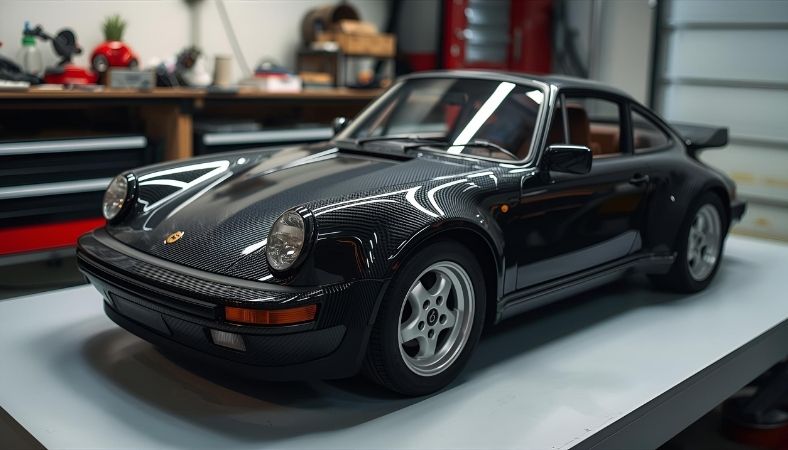
The road ahead for 3D printing is wide open. Customisation is exploding, imagine ordering a car with a dashboard shaped to your taste. Luxury brands like BMW are already there, and electric vehicle makers use lightweight parts to stretch battery life. Sustainability’s a big win too; 3D printing slashes waste by building only what’s needed, aligning with green auto trends.
New tech, like Wire Arc Additive Manufacturing (WAAM), makes complex metal parts easier to print. The market’s on fire, set to hit $19.09 billion by 2032 with a 21.6% yearly growth rate. For Mark, this means more tools to keep his shop competitive. For you, it’s a chance to customise, save, or even print parts for your EV or classic ride.
DIY 3D Printing: Get in the Driver’s Seat
You don’t need a factory to join the 3D printing party. Affordable printers like the Creality Ender-3 let hobbyists like Mark print parts at home, think custom spoilers, replacement clips, or rare knobs for a ’60s Mustang. It’s a game-changer for small shops or car enthusiasts facing part shortages.
Here’s how to start:
- Choose a Printer: Creality Ender-3 or Prusa i3 MK3 are budget-friendly for plastics.
- Pick Materials: TPU for flexible parts like clips; ABS for heat-resistant engine bits.
- Test Thoroughly: Check parts for stress and heat before hitting the road.
- Find Designs: Download free 3D model files from online communities to skip design work.
Mark printed a radio knob for a customer’s Jeep in under an hour, saving a pricey special order. It’s not just practical, it’s fun to create exactly what you need. Just stick to non-critical parts until you’re confident in your setup.
FAQs About 3D Printed Car Parts
Can 3D-printed car parts be used for repairs?
Absolutely, 3D-printed parts like knobs, clips, or trim are perfect for non-critical fixes. Opt for durable materials like TPU or ABS and test for fit and strength. Always verify local road regulations to ensure compliance.
How strong are 3D-printed car parts?
Strength varies by material. Carbon fibre composites resist corrosion 57% better than steel, while metals like titanium excel for engine parts. Test polymer parts for stress to confirm they’ll hold up under real-world driving conditions.
What are the best 3D printers for car parts?
Creality Ender-3 or Prusa i3 MK3 are great for hobbyists printing plastics like ABS or TPU. For composites, Markforged offers precision. Match your printer to your budget and part needs for the best outcome.
Are 3D-printed car parts legal for road use?
Non-critical parts like trim or knobs are typically legal. Safety-critical components like brakes require certification to meet road standards. Test thoroughly and check local laws to avoid issues with insurers.
How much does 3D printing car parts cost?
Hobbyists can start with $100–$1,000 printers like Creality. Industrial metal printers cost over $10,000. Materials like ABS are cheap; metals like titanium aren’t. Include design and testing costs for custom jobs.
Can 3D printing help with classic car parts?
Yes, it’s a lifesaver for rare parts in classics like Porsche or Volkswagen. Print polymers for interior bits or metals for engine components, ensuring proper fit and durability for your restoration project.
Takeaway
3D printed car parts put the power of manufacturing in your hands, whether you’re like Mark, saving a Camaro restoration, or just want a custom touch for your ride. Start small with a budget printer, test your parts, and explore this growing tech to keep your car rolling. Check out local 3D printing services or grab a Creality to kick things off!


